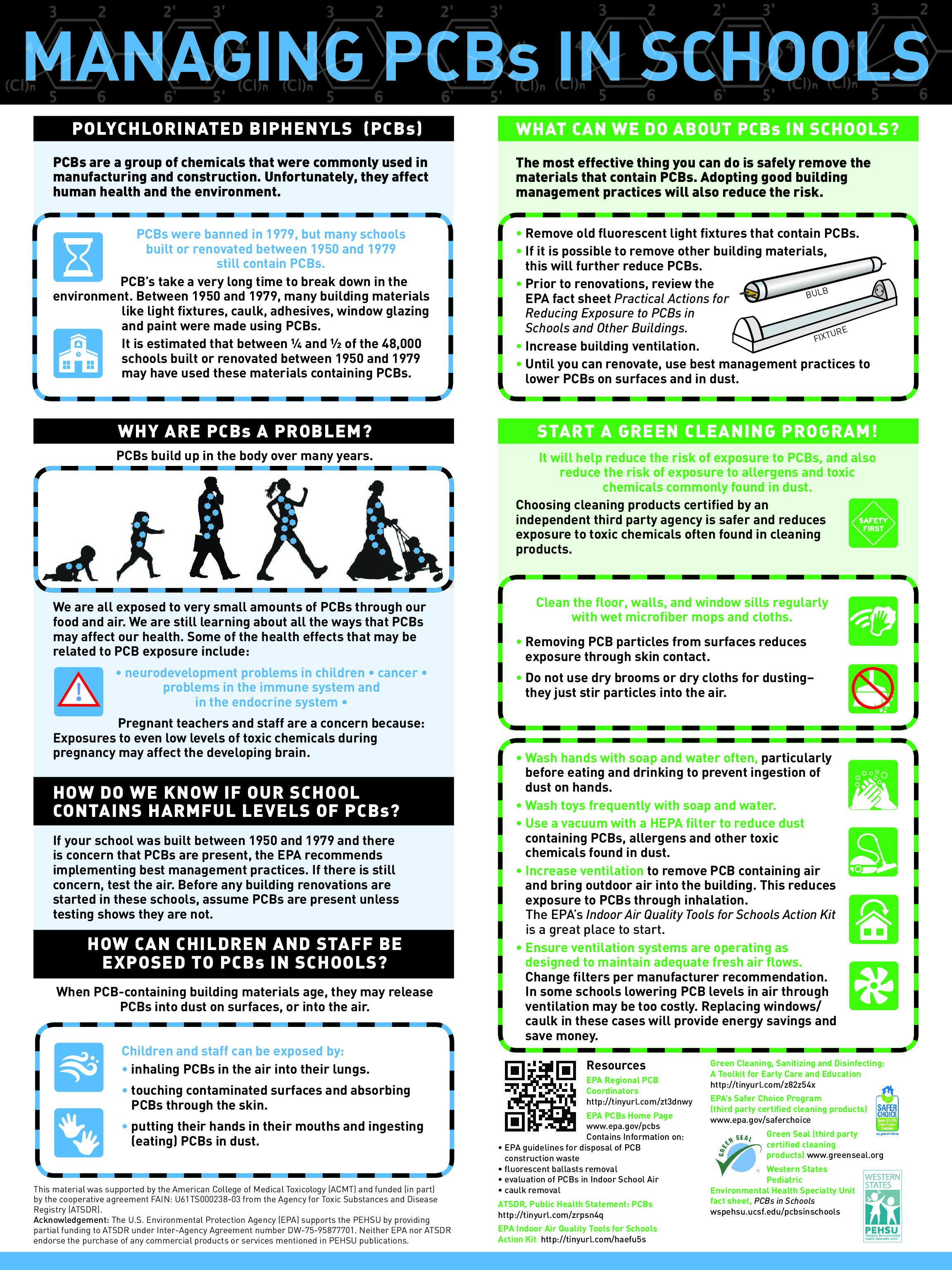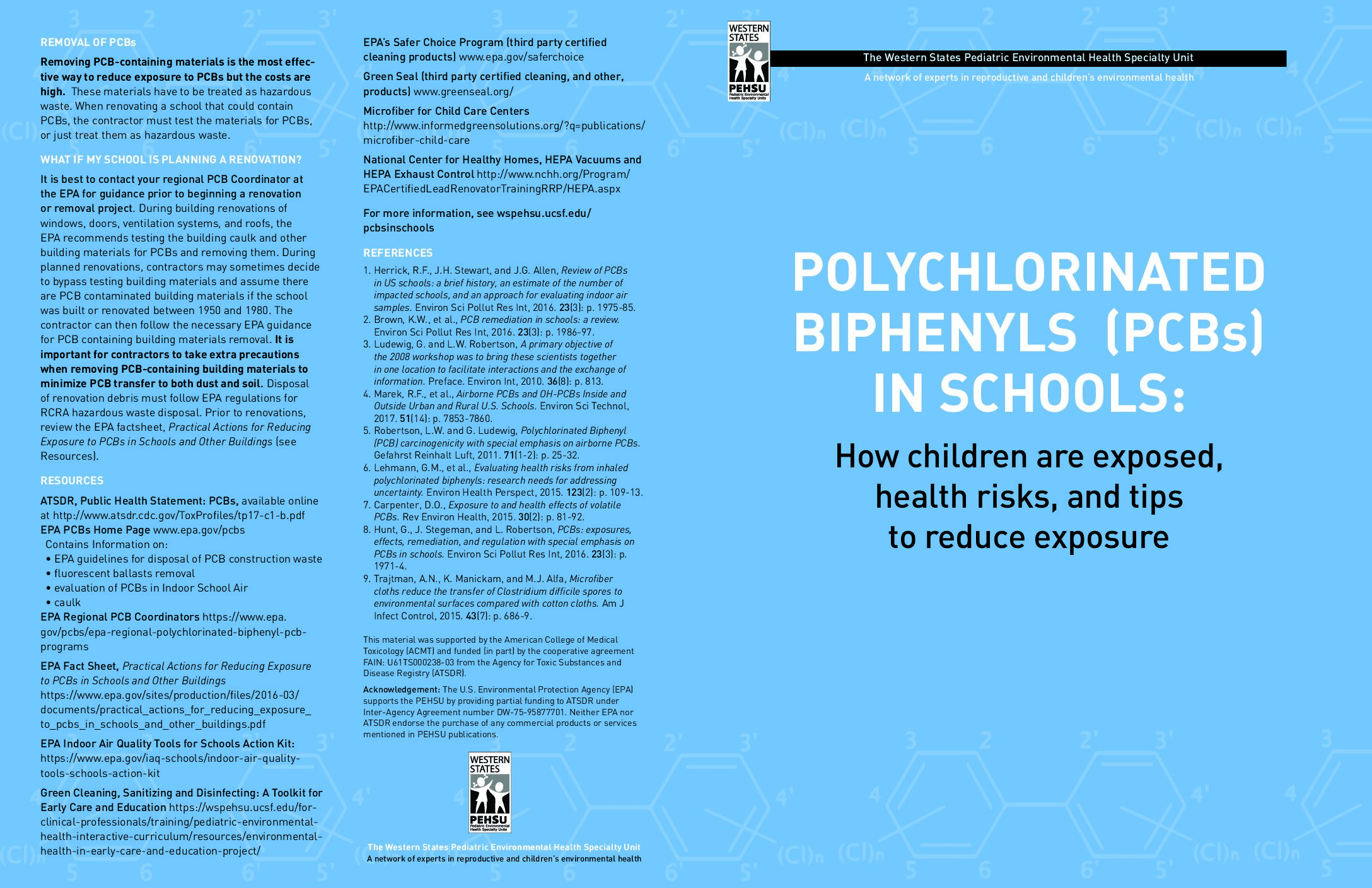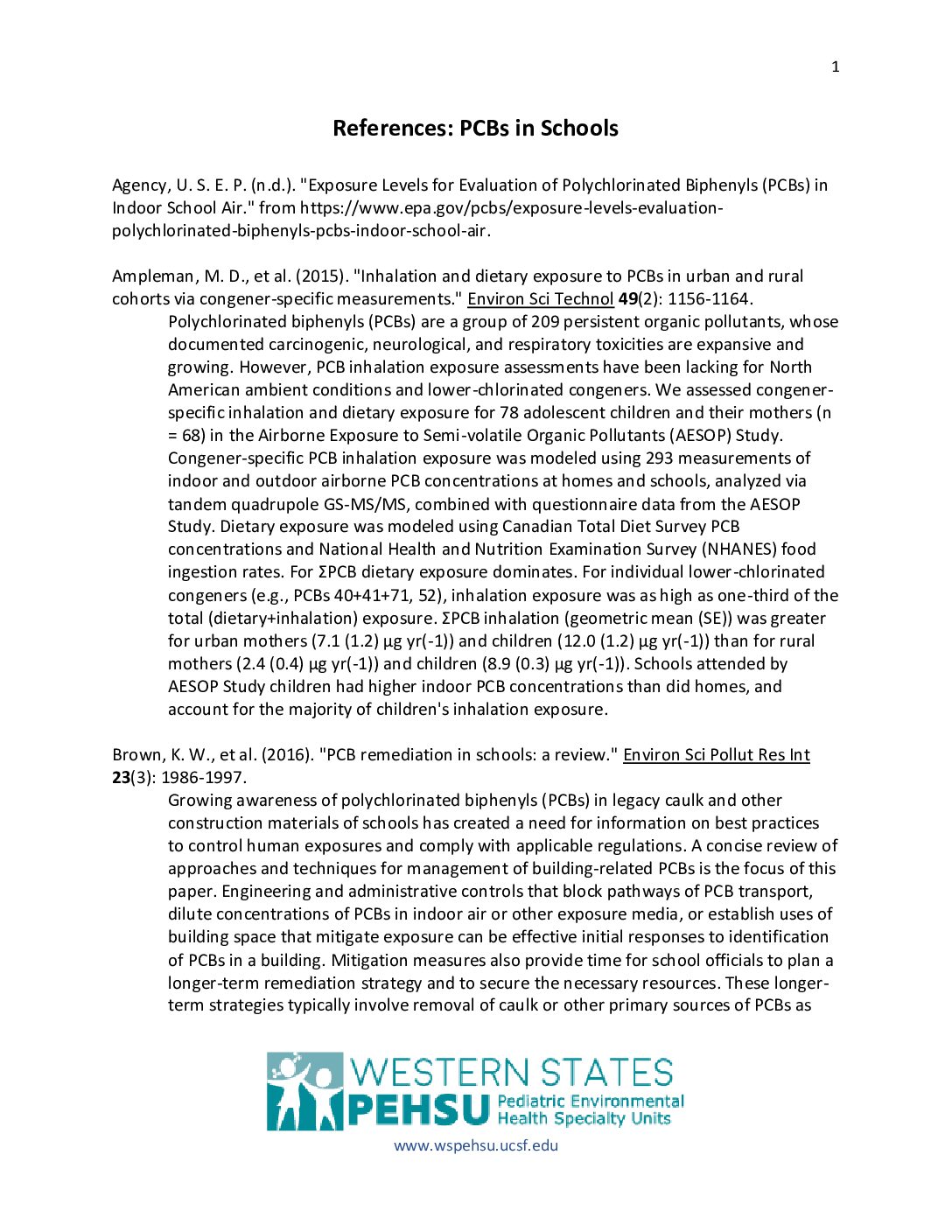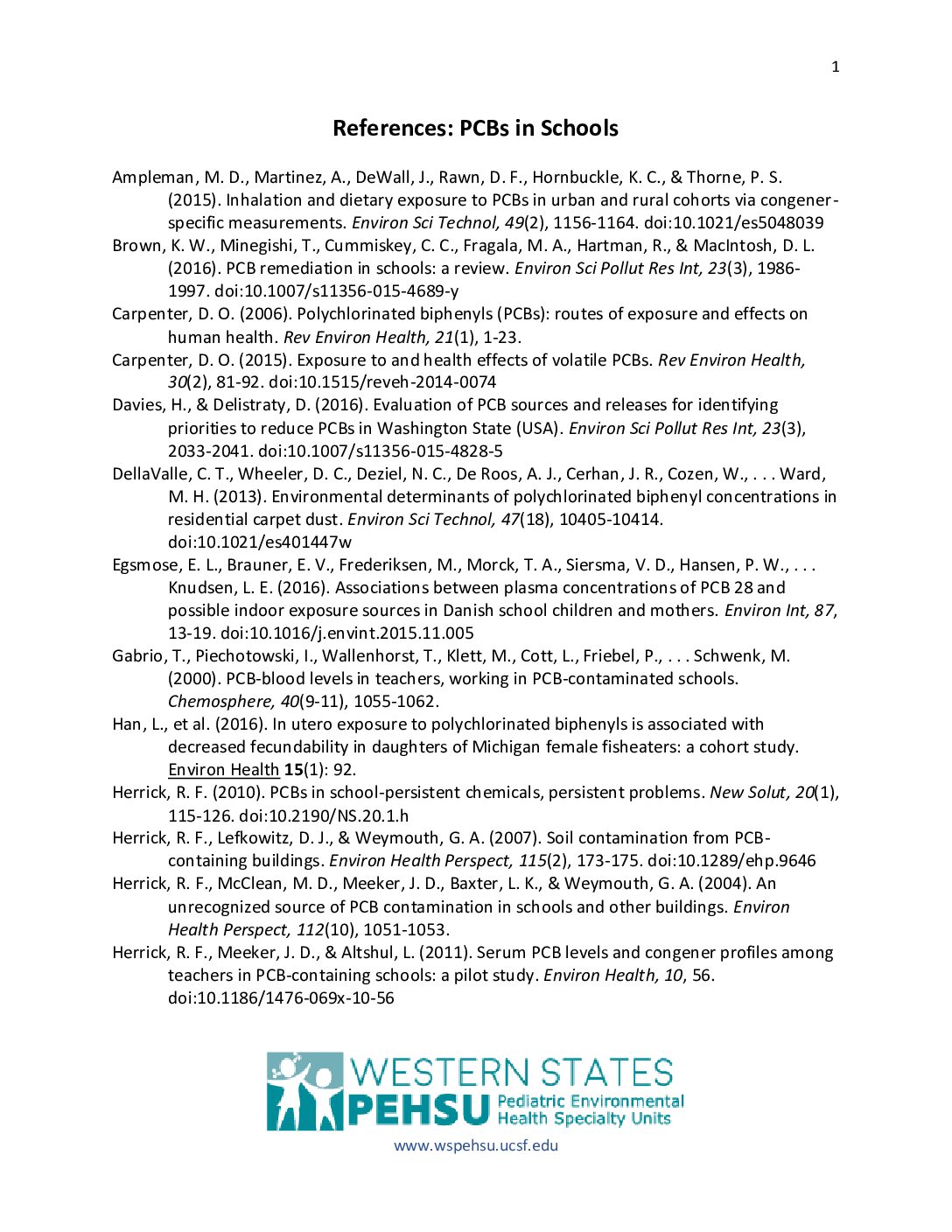What are PCBs?
Polychlorinated biphenyls (PCBs) are chemicals that were manufactured in the United States from 1929 until they were banned in 1979. More than 1.5 billion pounds of PCBs were manufactured in the United States prior to 1977. PCBs have many properties that are useful in manufacturing. They were commonly used in building materials. These materials were widely used in construction projects in the 1950s–1970s, a period when many school buildings were built in the U.S. to accommodate Baby Boom children. Young children are at higher risk for exposure and health problems from PCBs compared with adults.
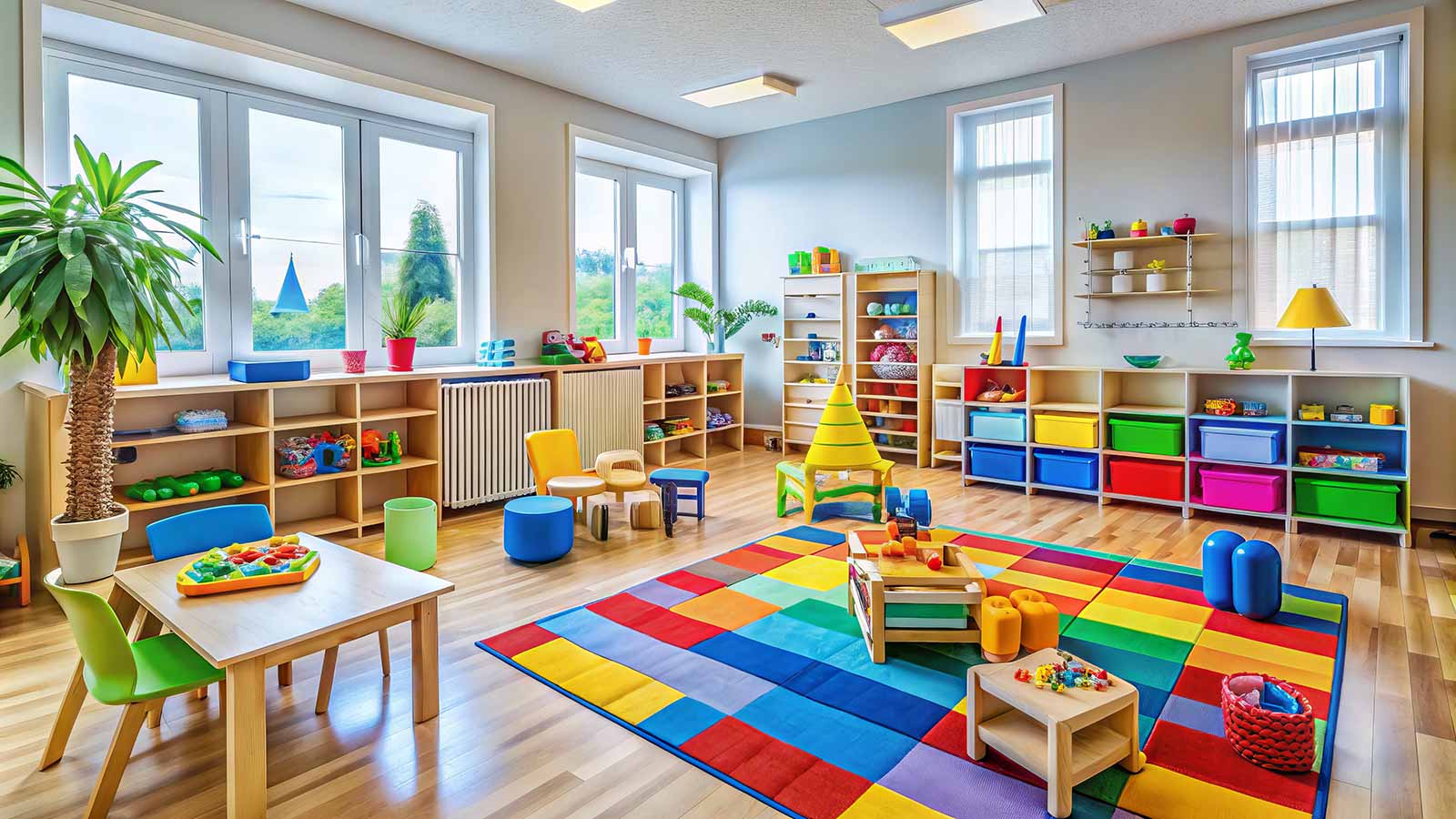
Why were PCBs banned?
Even though they were banned more than 35 years ago, PCBs are still of concern because:
- they have a number of health effects.
- they can be stored in our bodies for a long time.
- they break down very slowly in the environment.
We are still learning about all the ways that PCBs may affect our health. Some of the health effects that may be related to PCB exposure include:
- neurodevelopment problems in children such as lowered IQ, ADHD
- cancer
- problems in the immune and endocrine systems
Materials Ddeveloped by WSPEHSU
This poster highlights the risks of PCBs in schools and provides steps for safe management and mitigation.
This document provides information on the presence of PCBs in schools, their health risks, and strategies for safe management.
This document provides an overview of polychlorinated biphenyls (PCBs), their health risks, and ways to limit exposure.
This document contains a list of annotated references related to environmental health topics and best practices.
This document provides a comprehensive list of references used for the environmental health website.
Additional Resources & Links
- ATSDR: Public Health Statement: PCBs
- EPA: PCBs
- The ABCs of PCBs: A Toxic Threat to America’s Schools
- American Industrial Hygiene Association White Paper: PCBs in the Built Environment
- NIEHS Superfund Research Program Webinar: PCBs in Schools
- PCBS in Schools.org
- Collaborative on Health and the Environment: PCBs in Schools — Still a Problem?
- PCBs in Schools Reference List
- PCBs in Schools Reference List-Annotated


